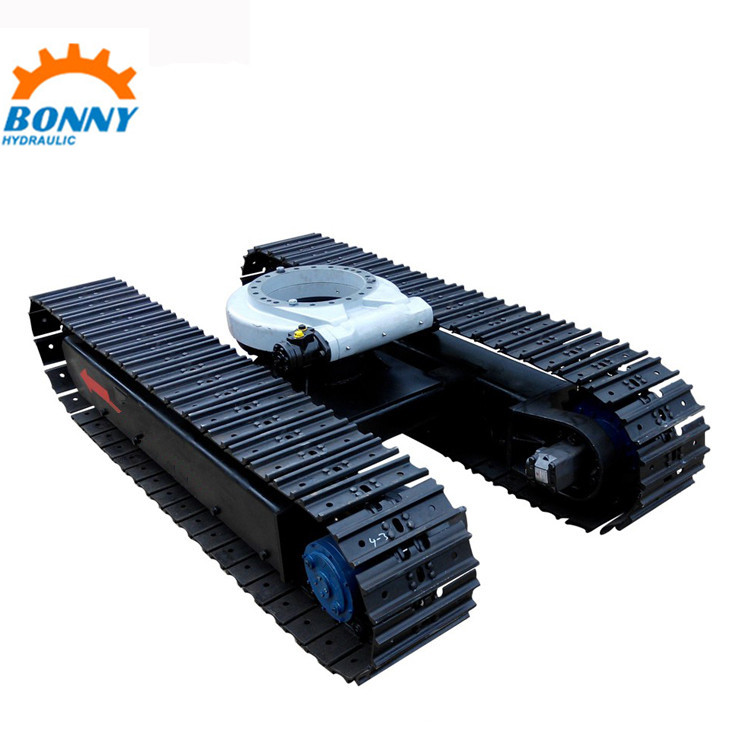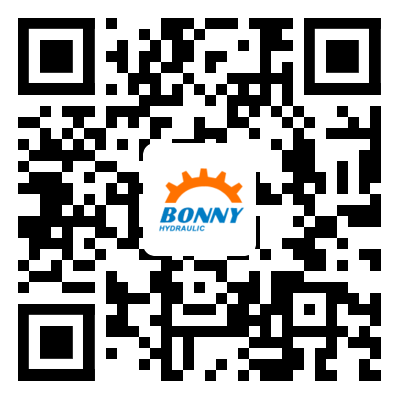Generally speaking,
steel tracked undercarriages are widely used in field vehicles such as tractors and construction machinery. Because the walking conditions are often bad, the
steel tracked undercarriage has sufficient strength, and the equipment is stable when walking and turning. The steel tracked undercarriage is often in direct contact with the ground, but its drive wheels do not. When the motor drives the driving wheel to rotate, under the action of the reducer, the driving wheel will turn the track from the rear through continuous operation through the track chain on its surface and the inner core connected with the gear, and the grounding part of the steel track chassis will give A backward force on the ground. At this time, the ground will also give the aluminum strip a forward reaction force. With the presence of this reaction force, the device can move forward.
The steel tracked undercarriage is usually driven by automatic wheels, which also surround flexible links for load, drive, traction and idler wheels. The tracks in the steel track chassis consist of track pins and track shoes. Each track shoe is connected into a loop, and there are small holes at both ends of the track shoe for full engagement with the drive wheels. Among them, there is an induced tooth orthodontic track to prevent the track chassis from falling off when walking or bumping. Strengthening patterns are often used at the end of the track chassis in contact with the ground to improve the firmness of the steel tracked undercarriage and the adhesion between the ground and the ground.









